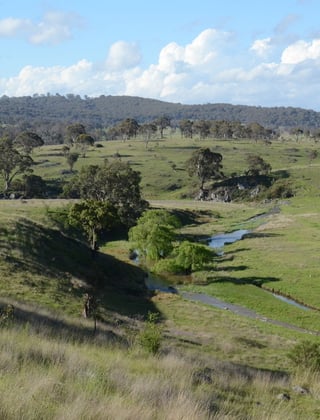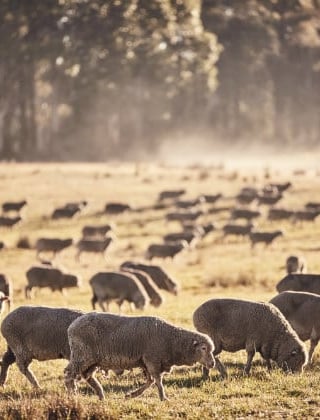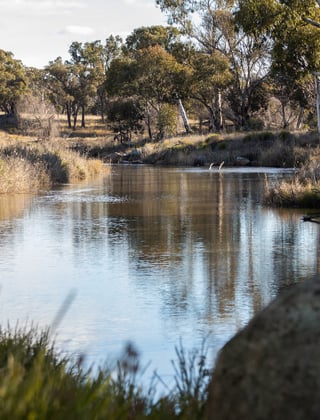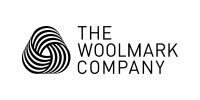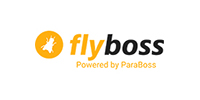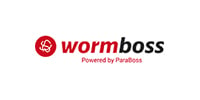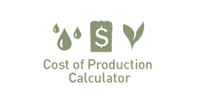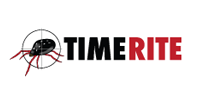Welcome to Australian Wool Innovation, a hub for the woolgrowers of Australia.
Not a woolgrower? Looking for information about wool products, wool care or wool processing?
The Woolmark Company is the global authority on wool. Visit Woolmark.com instead.
Pioneering insetting program for wool
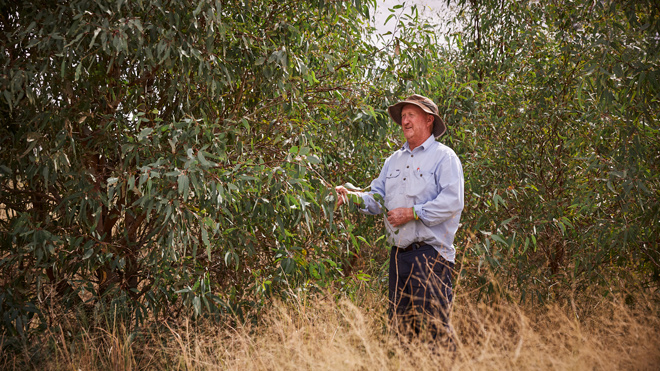
The Woolmark+ Australian Wool Insetting Program is developing and trialling an insetting framework for the Australian wool industry, aimed at keeping GHG emissions reductions and associated nature outcomes within the wool textile value chain.
This industry-first, three-year pilot program will create the foundation of an Australia-wide wool insetting market, connecting Australian woolgrowers with global apparel brands and wool manufacturers looking to meet their scope 3 emissions targets, to jointly deliver on-farm emissions reductions and removals activities.
The program is well advanced in developing the core technical components required to pilot an insetting framework that meets the needs of both woolgrowers and brands. Outreach and engagement efforts have generated strong interest from leading fashion and textile brands.
Pre-feasibility assessments are underway for all participating woolgrowers to identify opportunities and prioritise interventions for the pilot. These include evaluating current soil organic carbon and potential to increase it through practice change, identifying potential sites for new environmental plantings, and analysing the emissions removal contribution of existing vegetation.
The program represents a significant step towards positioning the Australian wool industry as a leader in delivering integrated climate and nature solutions. It comprises one of the initiatives within the Woolmark+ roadmap.
The program is supported by the Australian Government through funding from the Climate-Smart Agriculture Program under the Natural Heritage Trust.
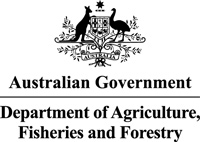
More information: www.wool.com/insetting
This article appeared in the Spring 2025 edition of AWI’s Beyond the Bale magazine that was published in September 2025. Reproduction of the article is encouraged.






